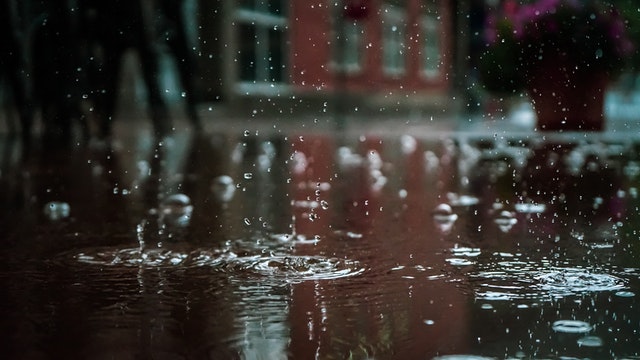FLOOD INSURANCE

It is important to know what to do in the event your home has flood damage, because even a single inch can cause costly damage to your home. Learn more about flooding and what you can do to protect your home.
The Dangerous Truth About Flooding
Federal Emergency Management Agency (FEMA) says flooding is the nation’s most common natural disaster. Twenty percent of flood claims are filed by people living in moderate- or low-risk areas. Floodwaters can damage not only your home but your sense of security—and your financial future.
How can you protect your home? What are your flood options?
A common misconception is that the U.S. government will take care of your financial needs if you have damage due to flooding. The truth is federal disaster assistance is only available if the president formally declares a disaster. And even if you do get disaster assistance, it is often a loan that must be repaid with interest. And this is in addition to any mortgage loans you may still owe on the damaged property.
If your home is flooded and disaster assistance isn’t offered, you will have the burden of massive damage costs. If you want secure protection from financial loss due to flood damage, federal disaster assistance is not the answer.
Option #2: Buy Flood Insurance
Flood insurance policyholder claims are paid even if a disaster is not federally declared. Flood insurance means you are reimbursed for all of your covered losses. And, unlike federal aid, it never has to be repaid. As long as your community participates in the National Flood Insurance Program (NFIP), you are eligible to purchase flood insurance.
As a homeowner, you can insure your home up to $250,000 and its contents up to $100,000. If you’re a renter, you can cover your belongings up to $100,000. As a non-residential property owner, you can insure your building and its contents up to $500,000.
Generally, your policy does not take effect until 30 days after you purchase flood insurance. So, if the weather forecast announces a flood alert for your area and you want to purchase coverage, it is already too late. You will not be insured if you buy a policy a few days before a flood. There is no waiting period if your lender requires flood insurance in connection with the making, increasing, extending or renewing of your loan.
Not all water losses are considered flood damage.
For your losses to be covered under a flood insurance policy, the following definition of a flood applies:
A general and temporary condition of partial or complete inundation of two or more acres of normally dry land area or of two or more properties (at least one of which is your property) from: overflow of inland or tidal waters; and unusual and rapid accumulation.
Disclaimer: This brochure is provided for informational purposes only. The information provided herein is not intended to be exhaustive, nor should it be construed as advice regarding coverage. Eligibility for coverage is not guaranteed and all coverages are limited to the terms and conditions contained in the applicable policy.